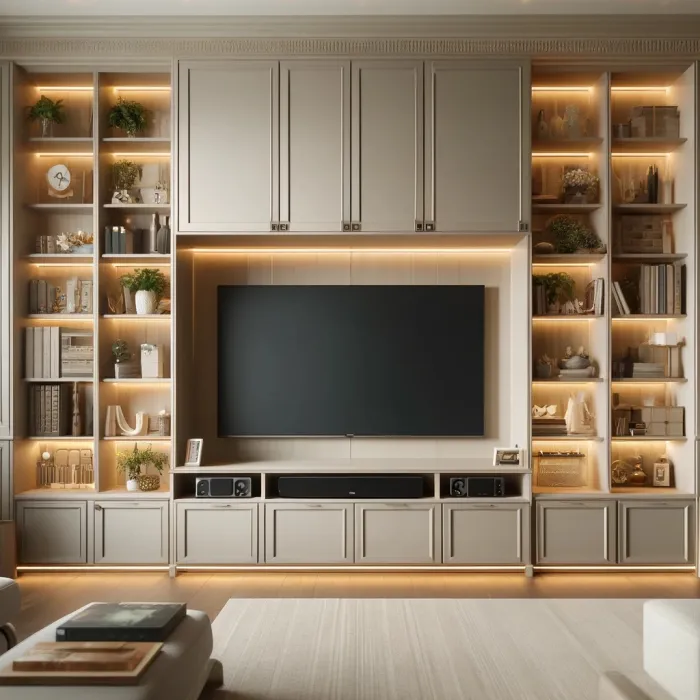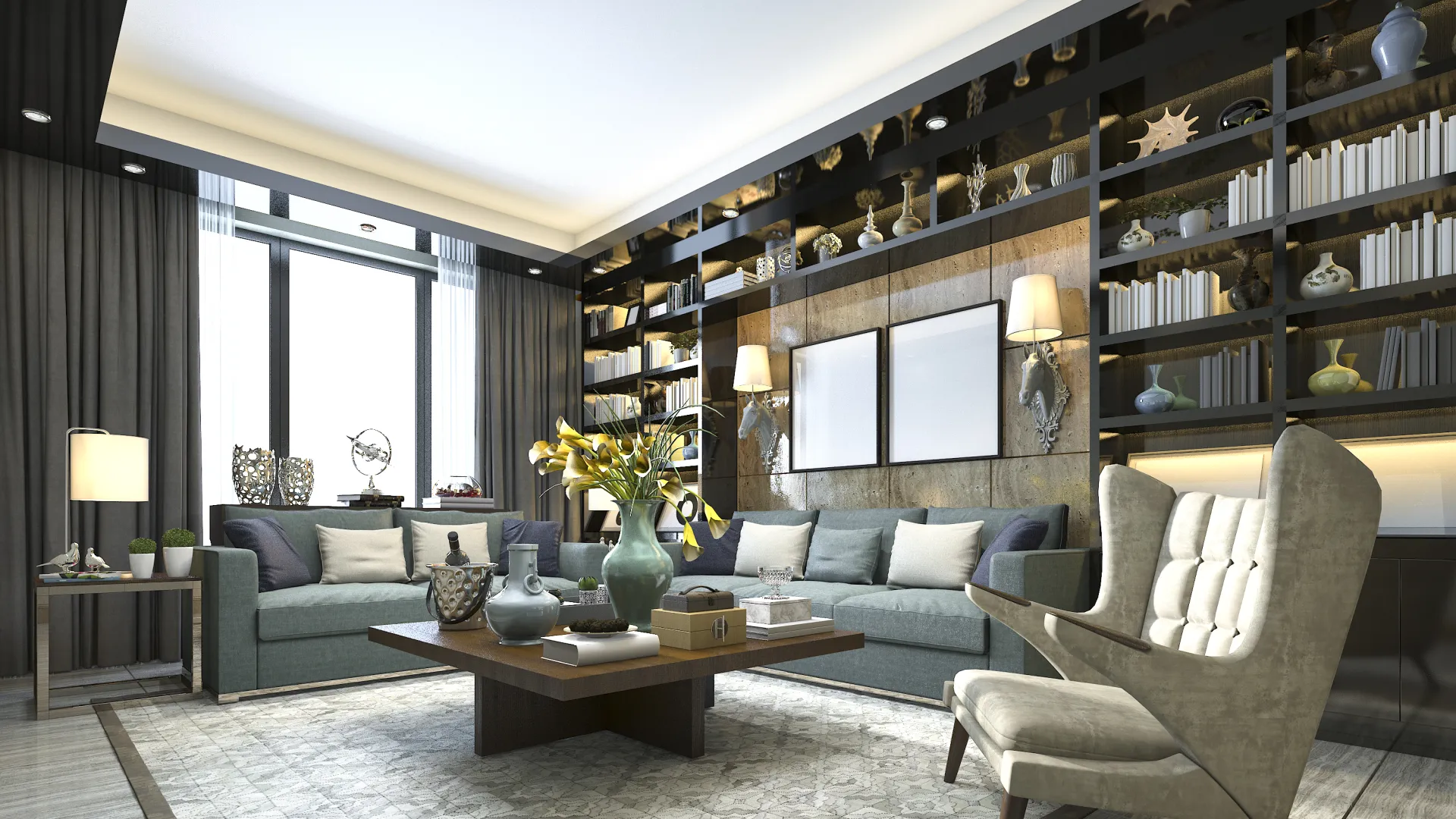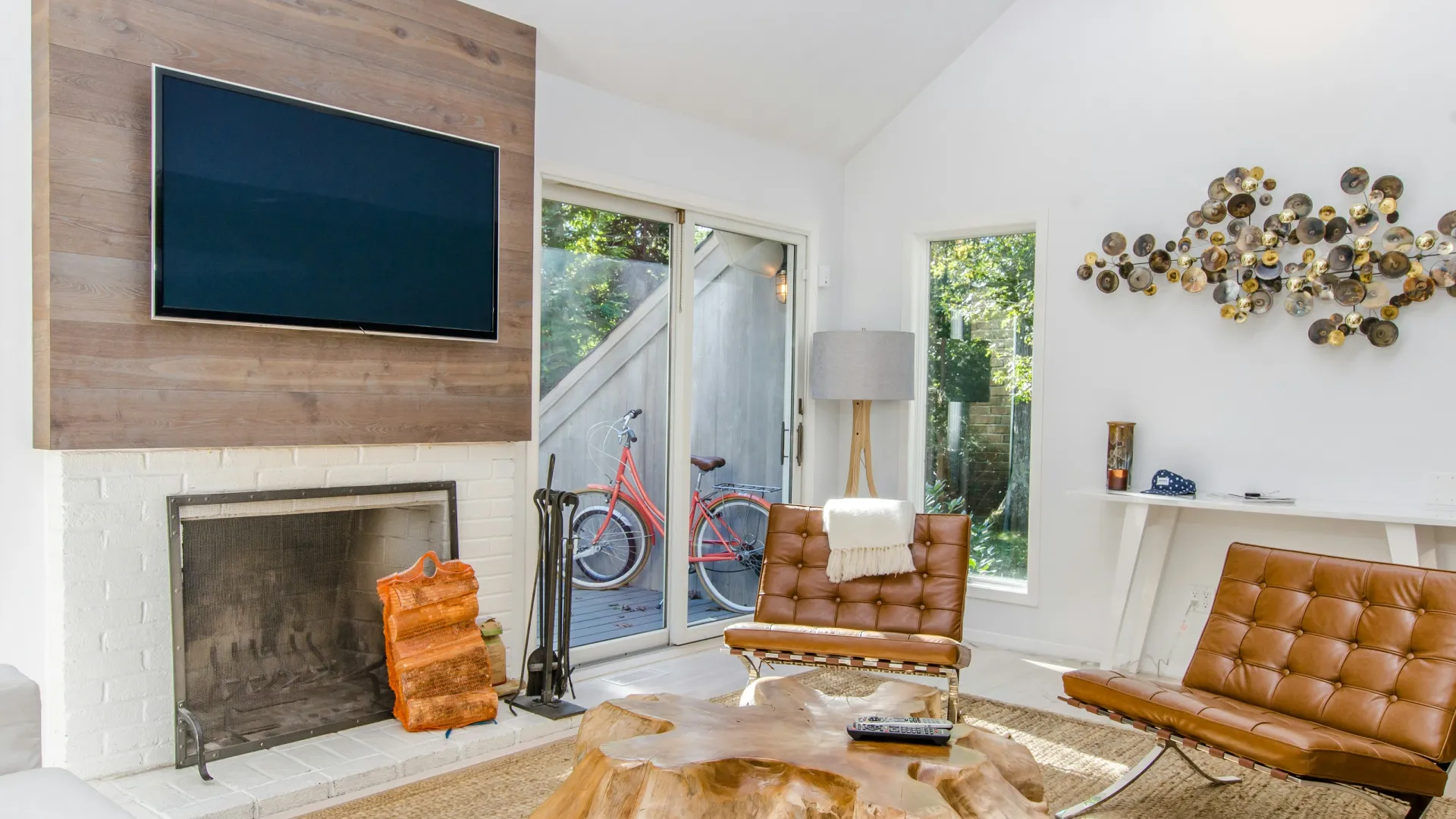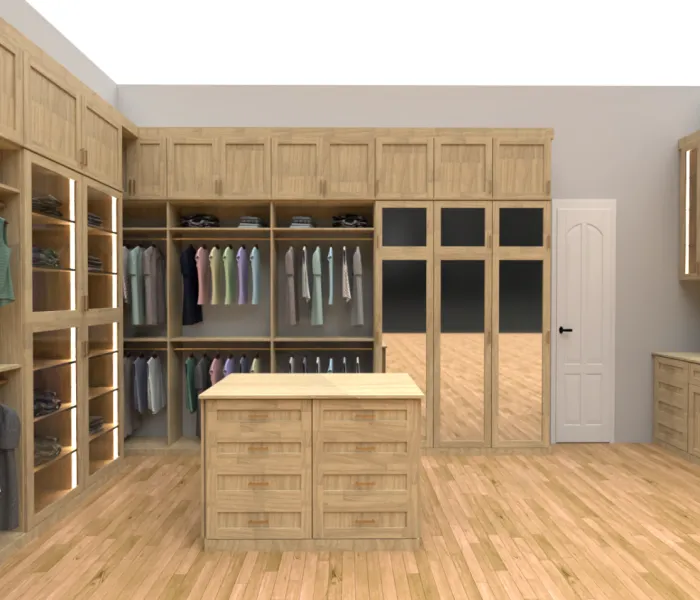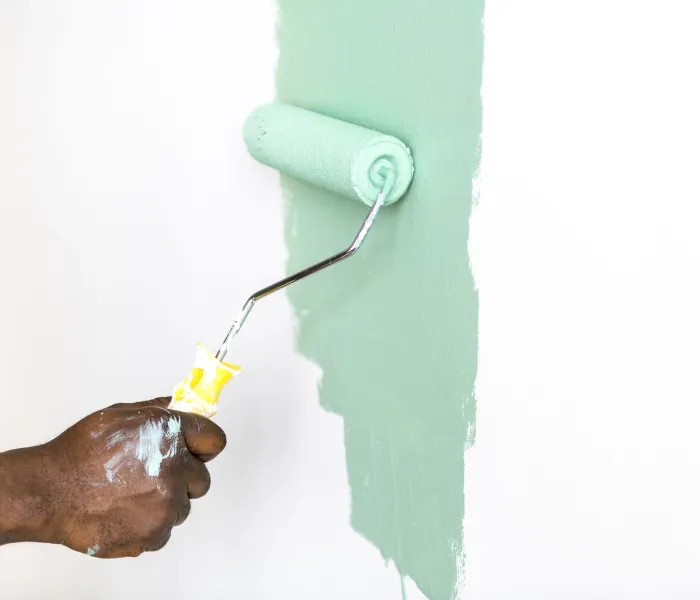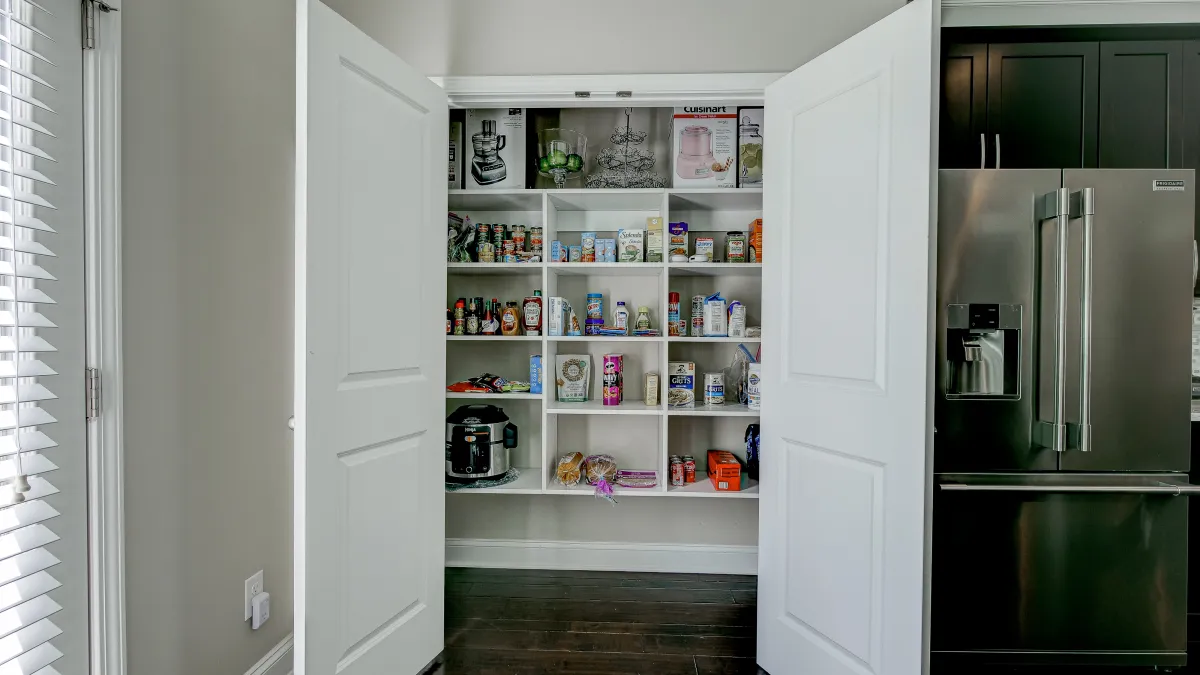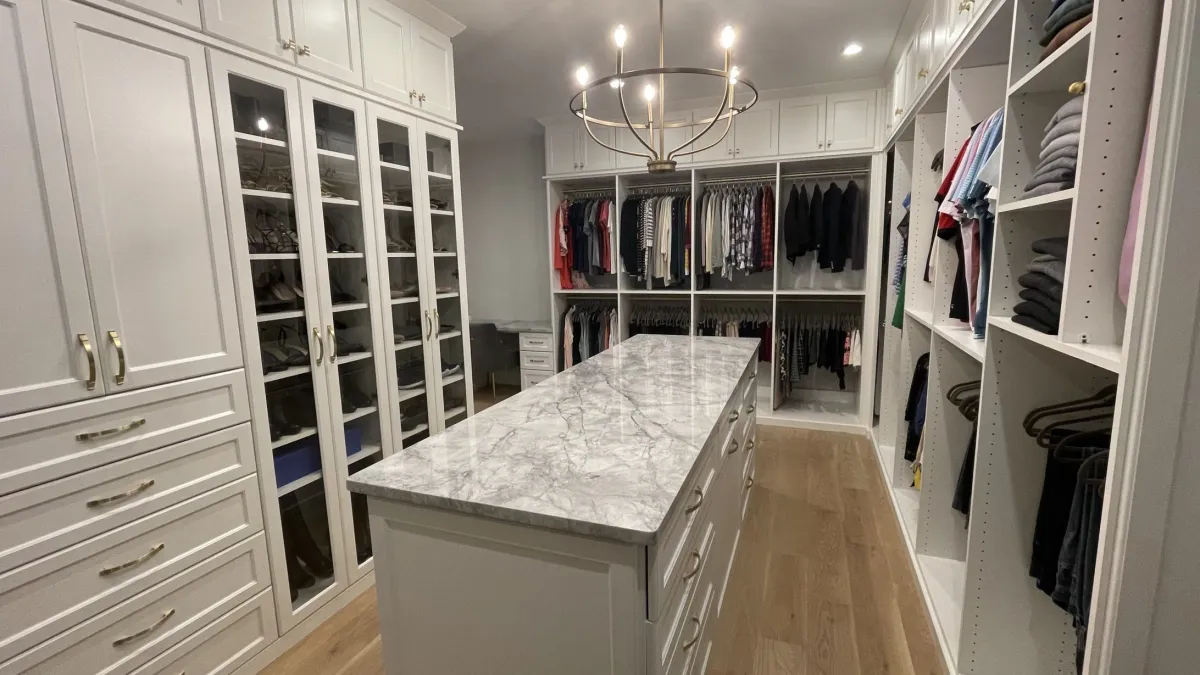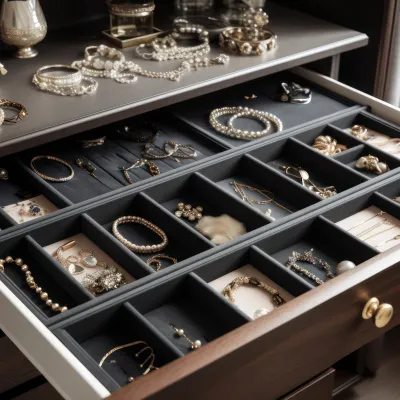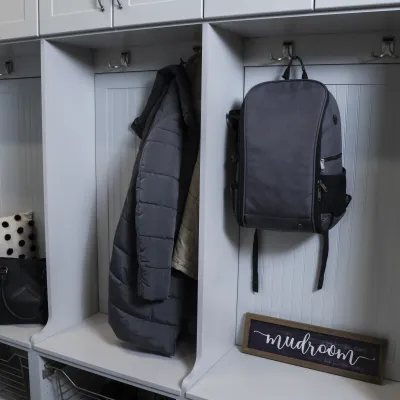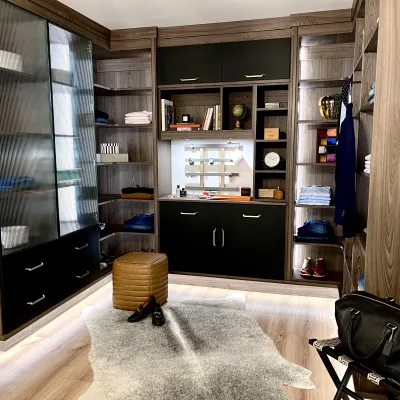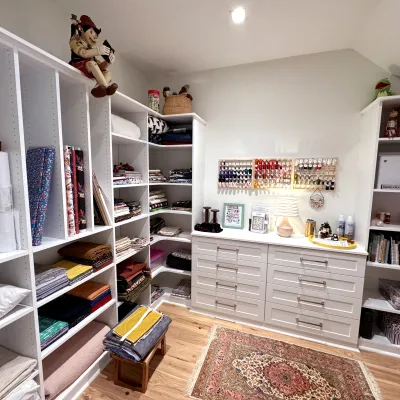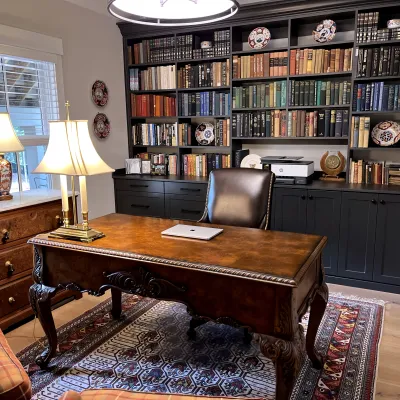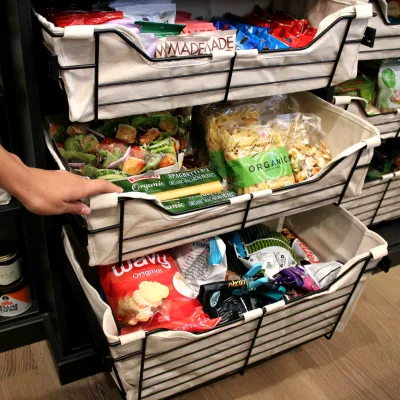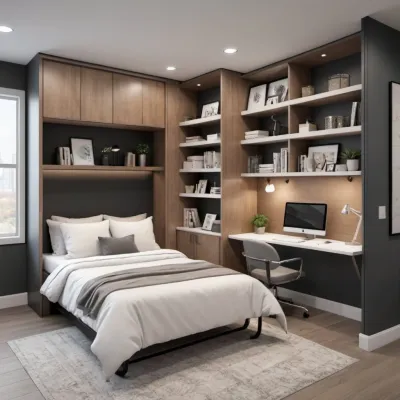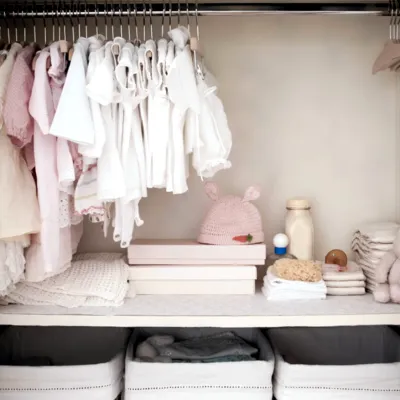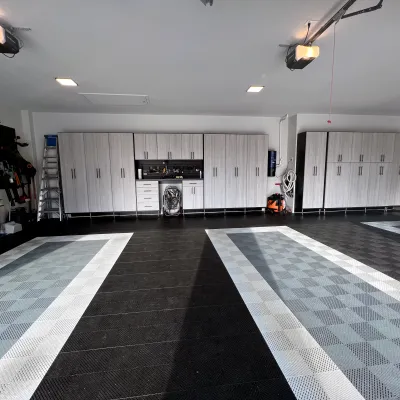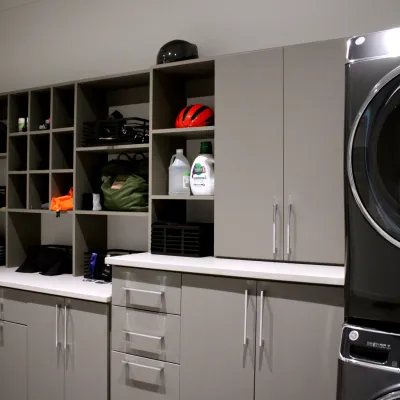There is so much variety to the way we all live and operate, but there are a few tried and true methods of storage that are undeniably universal.
1. Built-In Shelving
Built-in shelving remains one of the most effective and visually pleasing ways to add living room storage. Floor-to-ceiling bookcases or floating shelves can frame a fireplace, anchor a media wall, or create a statement around a window or doorway. The best designs consider proportion, material, and finish — aligning with the room's architectural character rather than feeling like an afterthought. Property authorities frequently note that built-in storage cabinets for the living room not only provide organizational solutions but also add architectural weight and timelessness to a space.
2. Media Centers with Hidden Storage
Entertainment equipment is essential, but it shouldn't dominate the living room. A well-designed media center offers dedicated storage for screens, speakers, gaming consoles, and streaming devices — with clever cord management built in. Choosing custom cabinetry allows you to integrate hidden compartments and adjustable shelving, ensuring that technology supports the experience of the space without overwhelming it.
3. Display and Concealment Zones
The most successful storage designs know when to showcase and when to hide. Use open shelving to display curated items — books, art objects, ceramics — and closed cabinetry to stow less visually appealing essentials. Mixing open and closed elements creates both a practical and aesthetically balanced look. Interior designers from House Beautiful often emphasize this layered approach, suggesting that a blend of "display" and "hideaway" zones results in a living room that feels collected, not cluttered.
4. Multi-Functional Furniture
Storage in the living room doesn't have to be high up on the walls. Custom built-in bench seating with hidden compartments, under-the-bed drawer systems, and sideboards with deep drawers can all enhance a living room's storage capacity without crowding the walls. Choosing storage in the living room that variably integrates allows flexibility as your needs evolve over time.
